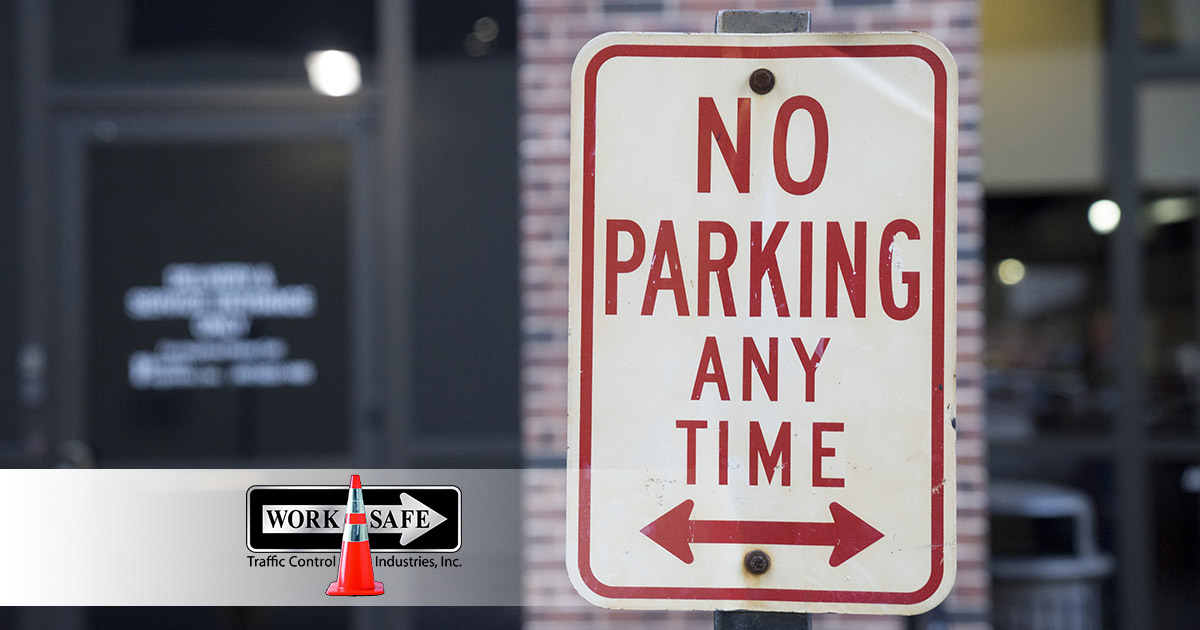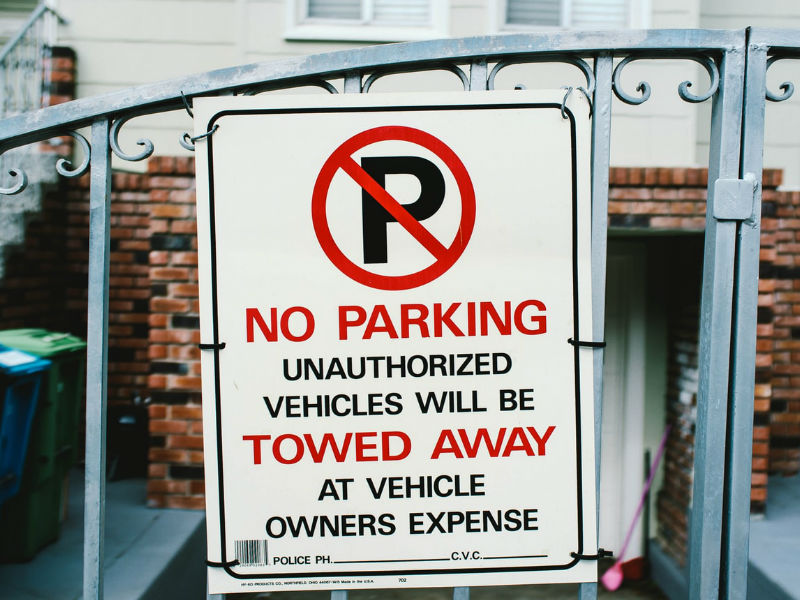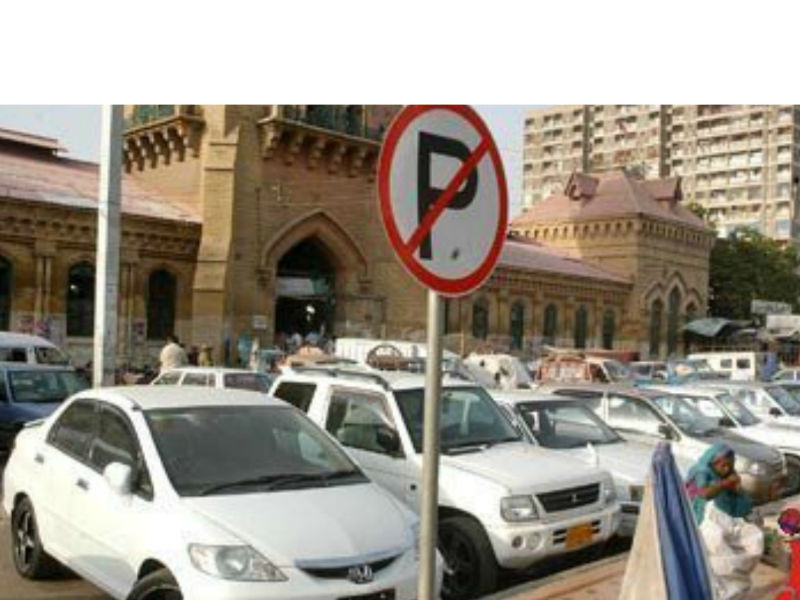
There are many situations where it will be desirable to have drivers of motor vehicles not park or stand in specific areas, even if it only pertains to certain times of the day, or specific days of the week. The reasons for these restrictions can be extremely diverse, ranging from safety issues to problems with access which are caused by parked vehicles. In any case, it is the responsibility of the person or agency which desires to prohibit parking, to have such signage installed and maintained so that it can be clearly visible and thus complied with.
When these signs are ignored and motorists park in the prohibited areas anyway, that becomes a matter for local authorities to manage, and it may be necessary to issue some kind of penalty, as it would be for failure to comply with any other legal traffic sign. Below are described all the details about rules for posting ‘No Parking’ signs, as well as who can install such indicators, and how close to them someone can legally park.
In order to be in compliance with federal guidelines, all signs must conform to existing standards of color, shape, and location. If it is prohibited at specific times or at all times, it will be necessary for the design to include a red legend and a red border against a white background. In situations where it is permissible to park for a limited time or in a specific manner, indicators should have a green legend and green border against a white background.
In all cases, the signs which are used must display all relevant information on the placard, beginning at the top and proceeding to the bottom. The uppermost piece of information should be the specific type of prohibition or restriction involved, and right below that should be listed the times of day when those restrictions are in place.
At the bottom, it should be clearly stated which days of the week restrictions are in place, if they are not in force on every day of the week. Whenever any prohibition or restriction only applies to a limited area, it will be necessary to convey to motorists the limits of the restriction area as shown by arrows, or additional signage.
Can I Post My Own ‘No Parking’ Sign?
The rules regarding the placement of No Parking signs for personal reasons, such as by the curbside of your house, vary widely throughout the country, and are generally governed by local jurisdiction such as a highway commissioner. Probably the most widely adopted rule regarding the placement of these indicators is that they cannot be installed anywhere near the road on private property, and can be removed at the discretion of the highway authority or by any local police force.
The placement of such indicators on private property is sometimes allowable if the entire area covered by the placard is less than 5 ft.², and is no closer than 10 feet to an adjacent zoning lot, while also being less than 10 feet tall. There are other exceptions that may apply, such as in situations where For Sale signs or For Rent signs are also installed. Other situations where they may be allowable include setups for non-commercial purposes such as school events, parties, garage sales, or political campaigns. Even so, the indicators must meet specific requirements of local townships as a general rule.

How Close Can Someone Park in Front of One of These Signs?
It’s a good idea to be familiar with the general rules regarding No Parking signs because they can apply to a number of different situations, and the proximity allowed may be different for many of these situations. For instance, it is not allowed to park within 20 ft. of a pedestrian crosswalk, within 15 ft. of a fire hydrant, within 50 ft. of a railroad crossing, within 30 ft. of a Stop sign or Yield sign, within 20 ft. of a fire station driveway, or within 20 ft. of an unmarked intersection.
Generally speaking, when you are near a No Parking placard, you are not allowed to park any closer than 10 ft, although 15 ft is probably better, so as to avoid completely whatever the situation is that requires the restriction in the first place. In some cases, the distance which you must park away from a placard will be indicated by an accompanying stretch of painted curbside, usually either red or yellow in color, which shows you the prohibited area.
When you see a No Parking sign with an arrow pointing left, it means that the restriction only applies to the area left of the placard itself, and the same is true of a right-pointing placard. There are also situations where you will encounter arrows pointing in both directions, and that means that it is prohibited to park in both directions. Other indicators will announce specific times of day or days of the week when prohibitions are in effect.

Proper ‘No Parking’ Usage
When you need to purchase No Parking or No Standing signs for placement in locations around your hometown, we can provide every kind of sign you will need, and if we don’t have something in stock, we’ll be glad to custom-design and manufacture whatever you need. Contact us at Worksafe Traffic Control Industries, and we’ll be able to provide you with a free quote on any signage you need or to answer any questions you may have about our signs and accessories.

